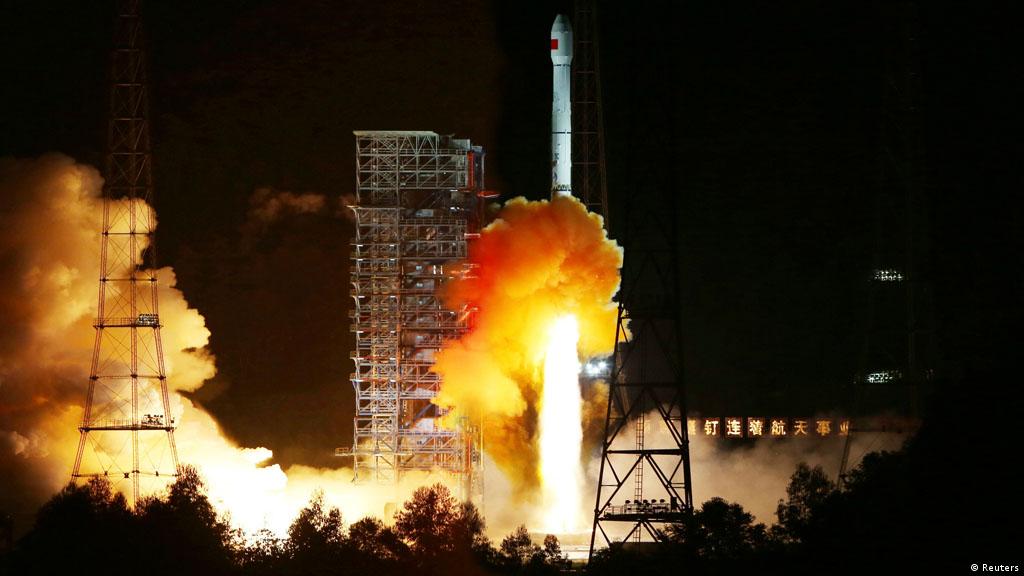So Far Yet So Near
"Surprisingly the crater is actually two craters, an eastern one [18-metre diameter] superimposed on a western one [16-metre diameter].""The double crater was unexpected and may indicate that the body had large masses at each end.""Typically a spent rocket has mass concentrated at the motor end, the rest of the rocket stage mainly consists of an empty fuel tank.""Since the origin of the rocket body remains uncertain, the double nature of the crater may indicate its identity."NASA
 |
| China's 2014 orbiter rocket / DW |
We gaze on the moon and admire its luminosity in the dark space of night when we're facing away from our life-giving source, the sun. The lunar surface hosts hundreds of pieces of debris. We never think of that; to do so is beyond our ken to begin with, and that lack of awareness retains the romance of the moon that lights our night sky. The moon hosts lunar landers and the waste of astronauts left in zip-lock bags, reminiscent of dog owners carefully picking up the waste, tying the plastic bag and leaving it to (?) decompose in the woods.
A number of craters were impressed on the surface of the moon, some of them 40 yards in width, from the Apollo mission. Anywhere humankind lingers there is waste and neglect. In the remote Himalaya, Mount Everest is littered with human waste from high-level expeditions. Having done so to the Earth, our home planet, we now look elsewhere in the universe as potential migrants seeking a new home. And in our search we litter space and on occasion the objects that occupy space.
A new mystery has reared its presence of late where NASA scientists feel baffled at the presence of a mysterious spacecraft which had crashed into the moon and created two large craters. No possible source has yet claimed the rocket, though its presence has been known since 2015. It was known to have travelled at 3.3 miles per second when it crashed onto the lunar surface on the fourth of March. Images by NASA's lunar reconnaissance orbiter show an impact unlike any before seen.
\
At first it was suspected by amateur astronomers that SpaceX could be responsible. That was changed when it was speculated that a 2014 Chinese lunar mission (Chang'e 5-1) could be the source. Beijing, however, in denial, stated that its booster had "safely entered the Earth's atmosphere and was completely incinerated".
An approximate orbit had been computed by Bill Gray, an astronomer whose software tracks space objects, and who feels otherwise. He is aware that China does not reveal the routes of its orbiting space objects, only their launches. "I'm 99.9 percent sure it's the China 5-T1", he confided, prepared to discard his previous conviction it was a SpaceX booster.
 |
Labels: Astronomy, China, Lunar Surface, Mystery Crater, NASA

0 Comments:
Post a Comment
<< Home